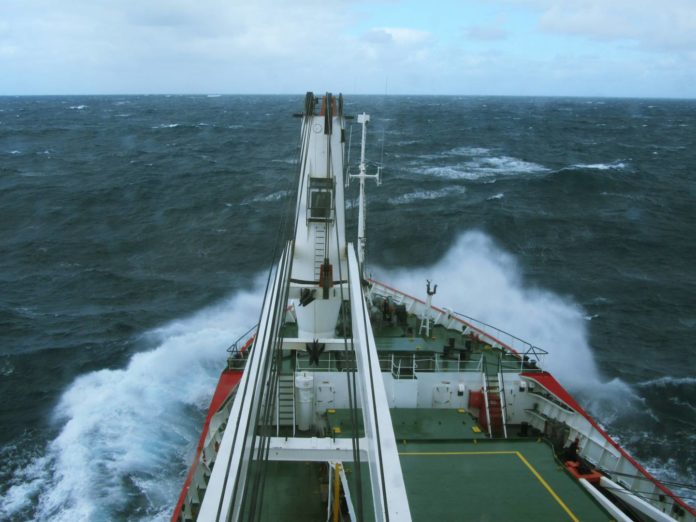The seafloor has constantly assumed a pivotal job in controlling the level of ocean acidification. At the point when a burst of acidic water from a natural source, for example, a volcanic emission achieves the sea floor, it breaks down a portion of the firmly basic calcite like pouring cola over an antacid tablet.
This kills the acidity of the approaching waters and simultaneously, keeps seawater from winding up excessively acidic. It can likewise help direct barometrical carbon dioxide levels over hundreds of years to centuries.
As a result of human activities, the level of carbon dioxide in the water is high enough that the rate of calcite (CaCO3) dissolution is climbing, suggests the new study. With expanding carbon dioxide from human exercises, more acidic water is achieving the deep ocean, dissolving some calcite-based silt.
Calcite-based sediments are normally chalky white and to a great extent made out of plankton and other ocean sea creatures. In any case, as the measure of carbon dioxide (CO2) and different poisons has moved over late decades, more acidic water is coming to the ocean bottom, in any event in specific hotspots, for example, the North Atlantic and the Southern Ocean, where the white ocean bottom is now ending up to a greater extent a murky brown.
Robert Key, a research oceanographer in atmospheric and oceanic sciences (AOS) at Princeton who is a co-author on the paper said, “For decades we have been monitoring the increasing levels of anthropogenic carbon dioxide as it moves from the atmosphere into the abyssal ocean. While expected, it is none the less remarkable that we can now document a direct influence of that process on carbonate sediments. It will be really interesting to see if we can further support this result with new data generated by autonomous floats in the Southern Ocean.”
Lead author Olivier Sulpis, a graduate student at McGill University said, “Because carbon dioxide takes decades or centuries to travel from the ocean surface to the seafloor, the vast majority of the greenhouse gas created through human activity is still near to surface. The rate at which CO2 is currently being emitted into the atmosphere is exceptionally high in Earth’s history,” he said, “faster than at any period since at least the extinction of the dinosaurs, and at a much faster rate than the natural mechanisms in the ocean can deal with, so it raises worries about the levels of ocean acidification in future.”
Scientists are further planning to take a gander at how this profound seabed disintegration is probably going to develop over the coming hundreds of years, under different potential carbon dioxide-emanation situations. They believe that it is basic for researchers and policymakers to create precise evaluations of how marine biological communities will be influenced, over the long haul, by acidification caused by people.
Scientists also created a set of seafloor-like microenvironments in the laboratory in order to recreate abyssal bottom currents, temperatures, chemistry and sediment compositions. Doing this helps them comprehend what controls the disintegration of calcite in marine residue and enabled them to measure its disintegration rate as a component of different natural factors. By looking at pre-mechanical and present-day ocean bottom disintegration rates, they could separate the human-caused portion of the aggregate disintegration rates.
Brian Arbic, a former AOS postdoctoral researcher said, “The speed estimates for ocean-bottom currents came from a high-resolution ocean model.”
“When David and I developed these simulations, applications to the dissolution of geological material at the bottom of the oceans were far from our minds. It just goes to show you that scientific research can sometimes take unexpected detours and pay unexpected dividends.”
David Trossman, a research associate at the University of Texas-Austin said, “Just as climate change isn’t just about polar bears, ocean acidification isn’t just about coral reefs. Our study shows that the effects of human activities have become evident all the way down to the seafloor in many regions, and the resulting increased acidification in these regions may impact our ability to understand Earth’s climate history.”
“This study shows that human activities are dissolving the geological record at the bottom of the ocean. This is important because the geological record provides evidence for natural and anthropogenic changes.”
Their findings appear this week in the journal Proceedings of the National Academy of Sciences.
